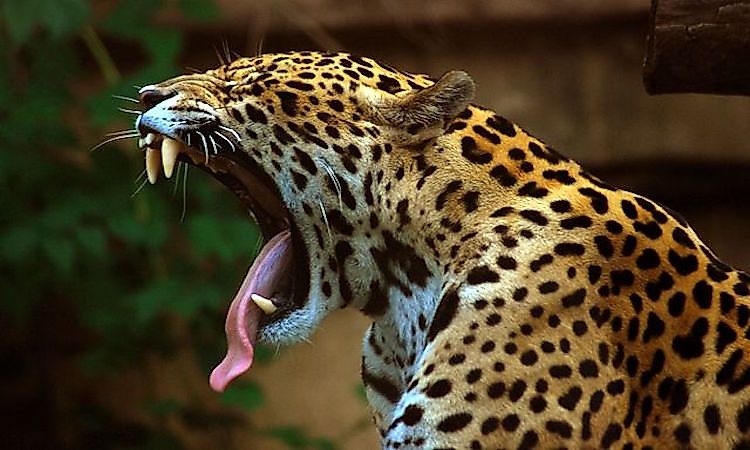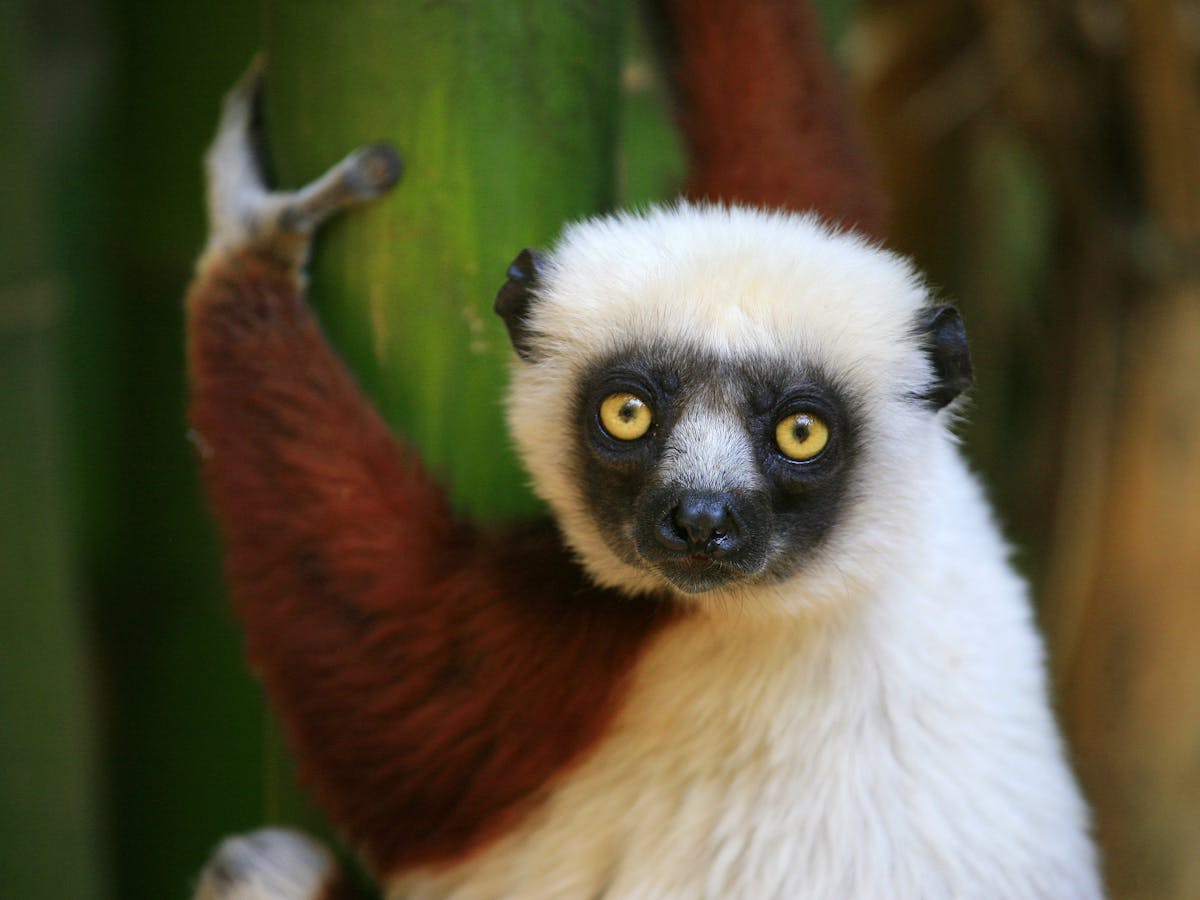DEFORESTATION AND ENDANGERED ANIMAL SPECIES
JAGUARS are strong swimmers and climbers and require large areas of tropical rain forest and stretches of riverbank to survive. Hunting and habitat loss due to deforestation continue to threaten the survival of these marvelous cats. WWF(World Wide Life) has worked with the government of Brazil to successfully protect large blocks of Amazon forest for the jaguar. In Peru, WWF continues to track jaguars to learn more about their habitat requirements.
The black spider monkey—also known as the Guiana or red-faced spider monkey—is found in eastern South America in areas north of the Amazon River. They are one of seven species of spider monkeys found in Latin America and one of the largest primate species in South America.
The destruction of tropical rainforests and threats from hunting pose the greatest challenge to the black spider monkey’s survival. Because they prefer mature tropical forests and seldom venture into disturbed habitats, these monkeys are especially vulnerable to the effects of forest fragmentation.
Kirindy Forest has had species thrive there for millions of years. These species are endangered due to deforestation as a result of the demands of citizens for resources. Resources such as charcoal and firewood.
Located off the east coast of Africa, Madagascar is the world’s fifth largest island; at 144 million acres, it’s almost the size of Texas. Madagascar’s climate is tropical along the coast, temperate inland, and arid in the south. The island harbors lush rain forests, tropical dry forests, plateaus and deserts. Its more than 3,000 miles of coastline and over 250 islands are home to some of the world’s largest coral reef systems and most extensive mangrove areas in the Western Indian Ocean.
A dizzying range of plants and animals make their home on the island. More than 11,000 endemic plant species, including seven species of baobab tree, share the island with a vast variety of mammal, reptiles, amphibians, and others. From 1999 to 2010, scientists discovered 615 new species in Madagascar, including 41 mammals and 61 reptiles.
Madagascar has several critically threatened species including the SILKY SIFAKA, a LEMUR, which is one of the rarest mammals on earth. Its name—“angel of the forest"—refers to its white fur. Another threatened species, the rare PLOUGHSHARE TORTOISE, is found only in a small area of northwestern Madagascar where as few as 1,000 of these animals survive. Ploughshare tortoises can be sold illegally for up to $200,000 on exotic pet markets.
The actual size of the remaining population is unknown. Its rarity, distinctiveness and vulnerability make it one of the greatest priorities for conservation in the region. The current population is thought to be a few hundred at a maximum and possibly only a few dozen at a minimum.
HABITAT LOSS
As forests disappear under the chainsaw to make way for agriculture, plantations and infrastructure, saola are being squeezed into smaller spaces. The added pressure from rapid and large-scale infrastructure in the region is also fragmenting saola habitat. Conservationists are concerned that this is allowing hunters easy access to the once untouched forest of the saola and may reduce genetic diversity in the future.



/153345626-56a295555f9b58b7d0cc559c.jpg)

well written
ReplyDelete